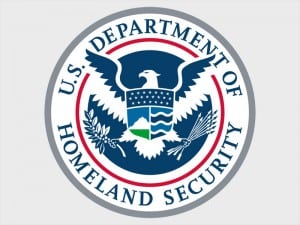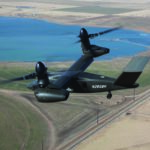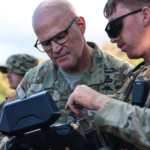
The Department of Homeland Security (DHS) Science and Technology (S&T) branch last Friday issued a call for proposals from start-up and other emerging high technology companies for help in identifying the identities of all travelers departing the U.S. by vehicles at its land ports using facial recognition.The call was put out through S&T’s fast track acquisition mechanism, called Other Transaction Solicitation, under its Silicon Valley Innovation Program.“At land-based POEs (ports of entry), infrastructure is a key inhibitor to track the…

 By
By 











